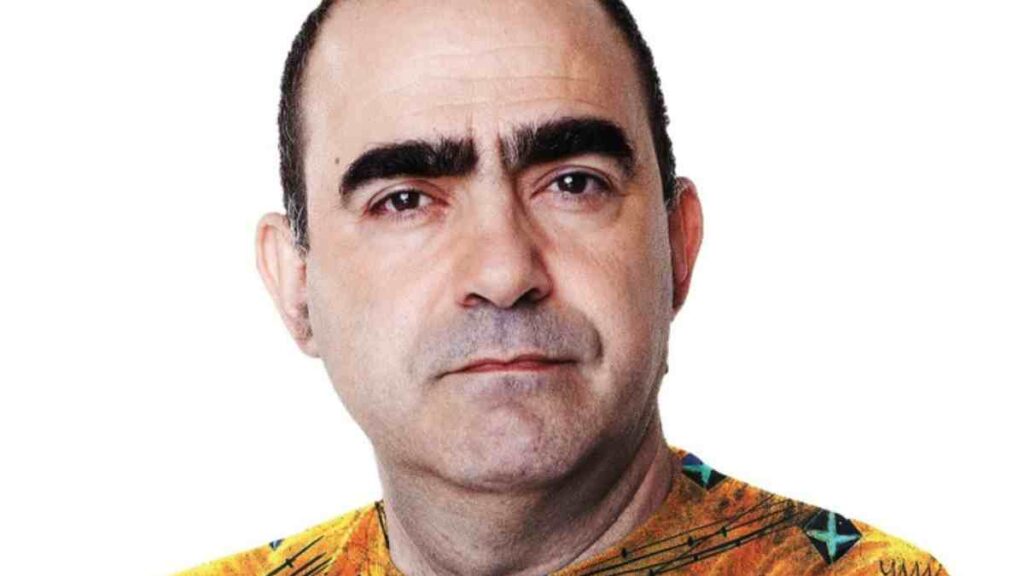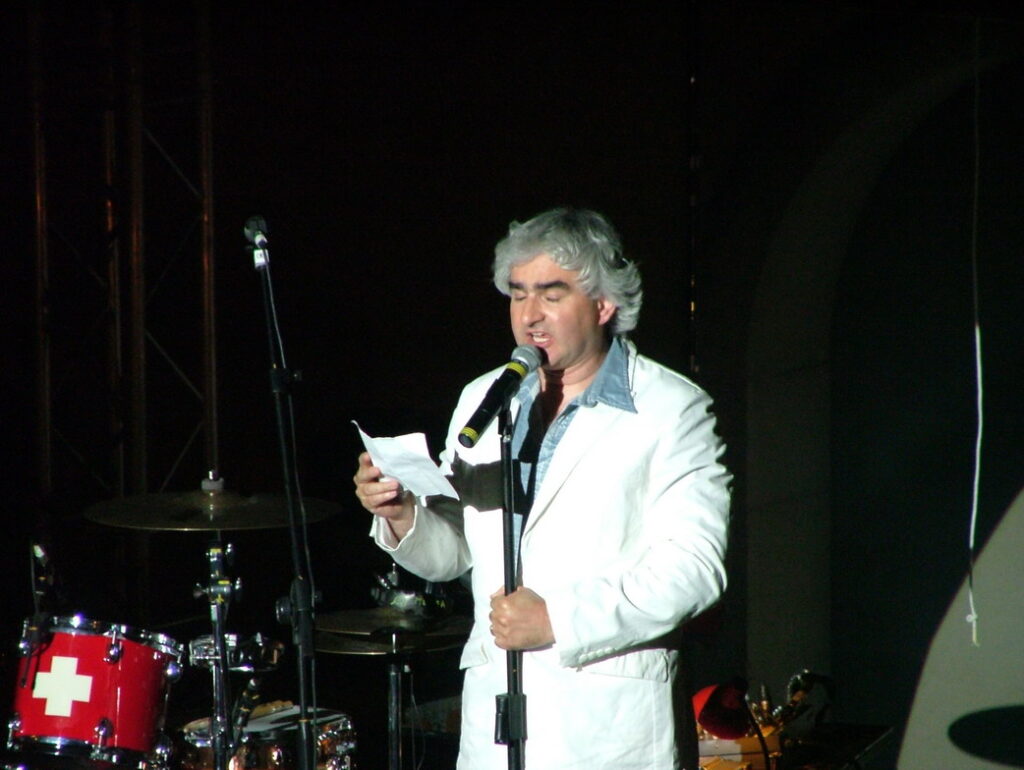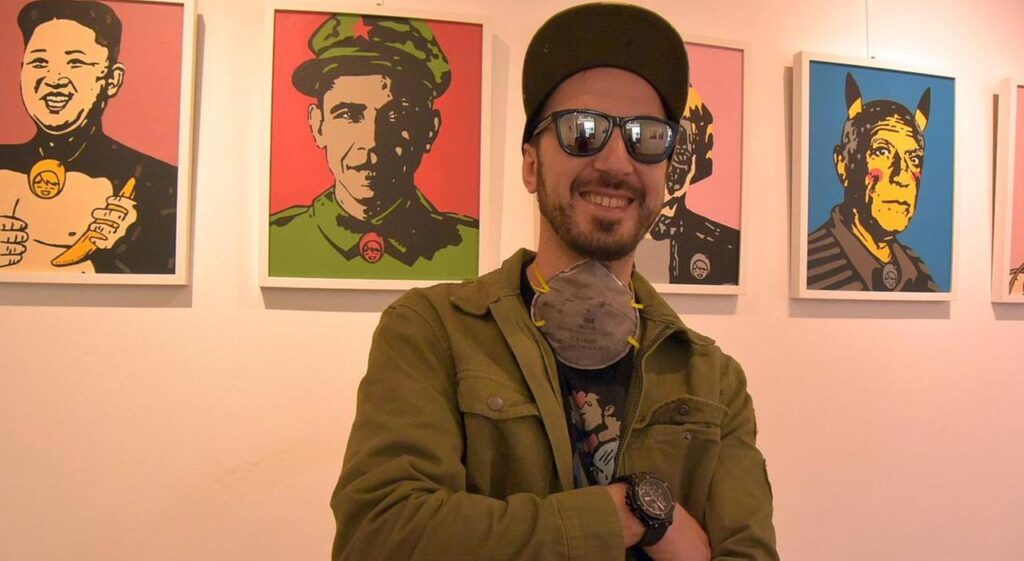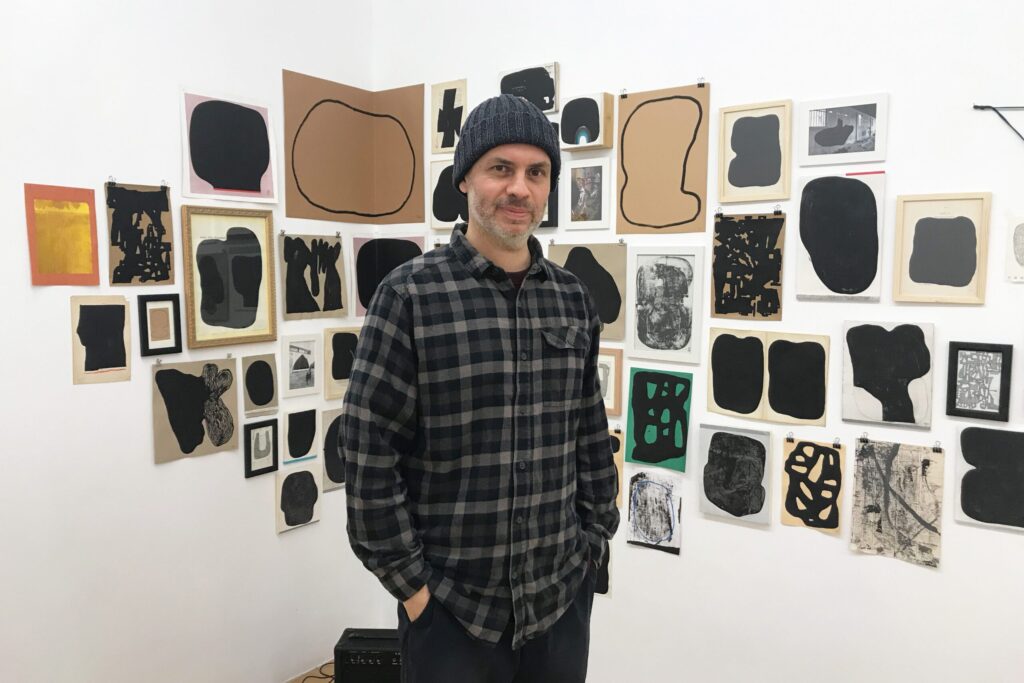Engineers, architects and designers: these are most of the professionals that the Politecnico produces, but sometimes working life is unpredictable and takes you to unexpected places, whether it is the stage of Sanremo or becoming one of the most famous contemporary street artists. What is certain is that all of these artists, in one way or another, have brought with them the Politecnico 'know-how' that we are all familiar with.
So here are five alumni musicians and artists that you probably know, but may not have realised once sat at the Poli's desks. Do you know of any others? Let us know, and we’ll write part two!
Stefano Belisari, better known as Elio e le Storie Tese, Elio e le Storie Tese, graduated from the Giuseppe Verdi Conservatory in Milan and from the Politecnico di Milano in 2003 with a degree in Electronic Engineering.
We spoke to him for our book “2099”, in which, among other things, he had a message for young people about their future and career choices:
“Try to know your strengths and let them guide you. Take a few years to think about how you can make the most of your talents, make a plan and, above all, be impartial: another false myth today is 'do what you like'. I would advise you to do what you are good at”.

Still on the subject of music, Edoardo Bennato also graduated from our University, but in architecture: during his time in Milan he completed his degree and, in the meantime, managed to connect with the world of Milanese discography. A guitarist, harmonica player and singer, he is considered one of the greatest exponents of rock music. On 19 July 1980, he became the first Italian artist to sell out the San Siro stadium in Milan in front of more than 50,000 fans.

Luca Mangoni is also a musician in the band Elio e le storie tese (although he is not officially a member, he has often appeared in the band's live performances and video clips) and an Alumnus of architecture. Among his many works as an architect, perhaps the best known is the Mangoni Tower, a residential building on Via Nervesa in Milan, built between 1995 and 2000.

A street artist, he is associated with the NeoPop movement[1]. He is best known for the character he created, 'TVboy', an alter ego that the artist often depicts as a symbol of distinction from the new generation's massified culture, driven largely by television. Born Salvatore Benintende, he graduated in 2004 with a degree in Industrial Design from the newly opened Bovisa Campus.
His first exhibition was at the Faculty of Design, where he built a display of old, abandoned televisions, using stencils to paint the faces of VIPs and friends on the unlit screens. It was this exhibition that brought him his first success and the baptism of his stage name.

A leading exponent of the Italian urban art scene, Guido Bisagni holds a degree in Industrial Design from the Politecnico di Milano and is considered one of the first and foremost exponents of abstract post-graffiti art at national and European level. He paints mainly in abandoned industrial areas: he was one of the first to bring non-figurative painting into public space, with the intention of creating 'visual chaos'.

Sources:
https://www.elledecor.com/it/arte/a38441227/tvboy-mostra-milano-novita-biglietti-orari/